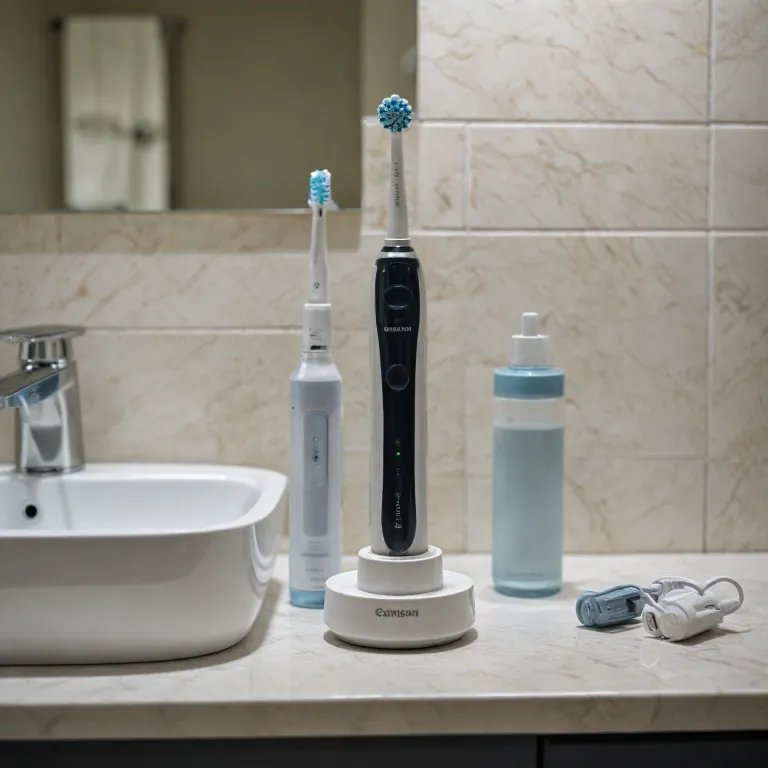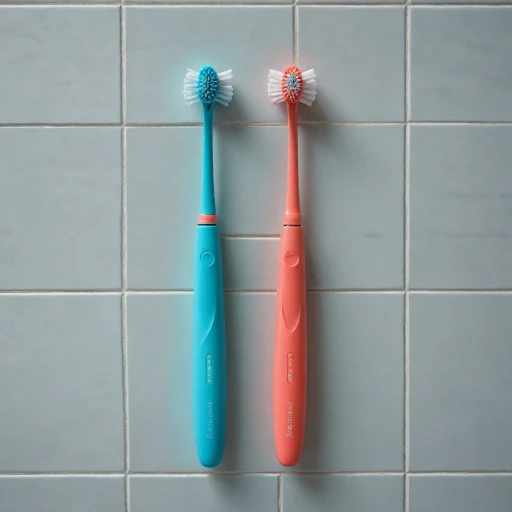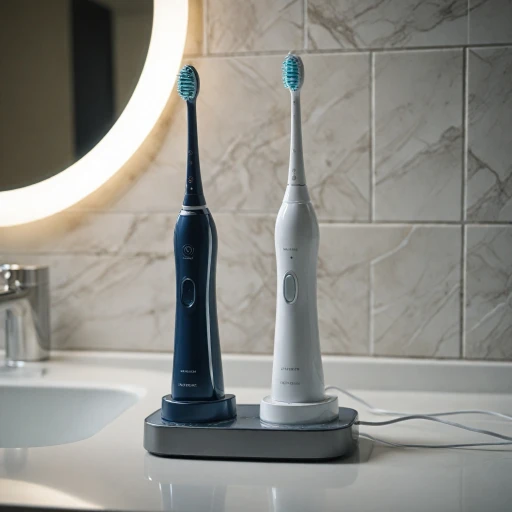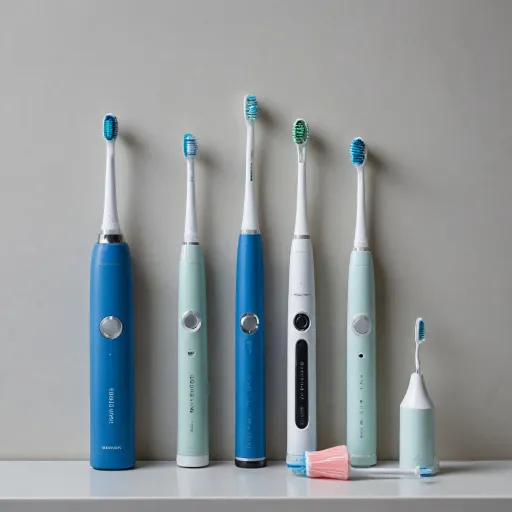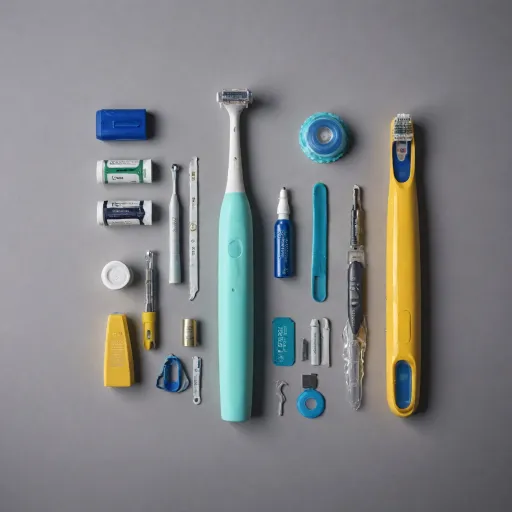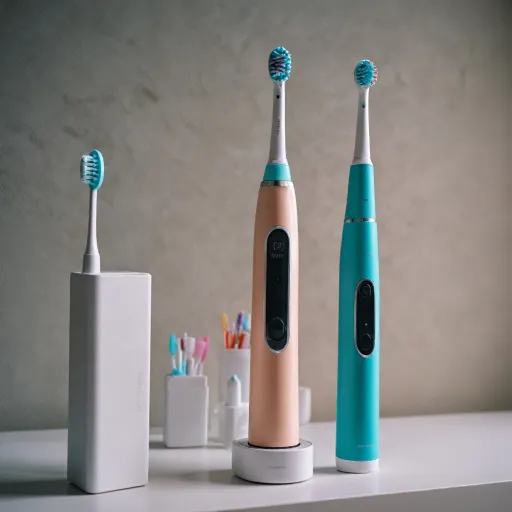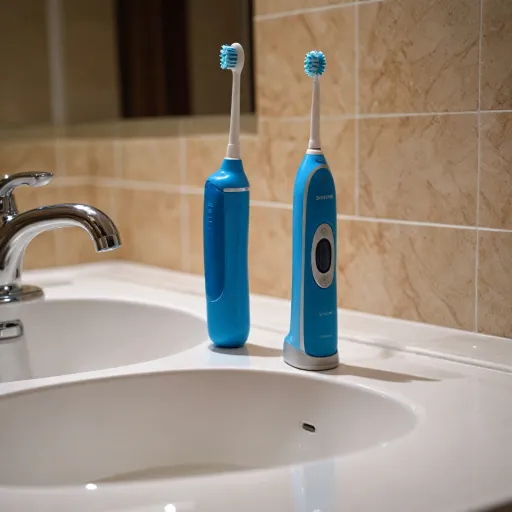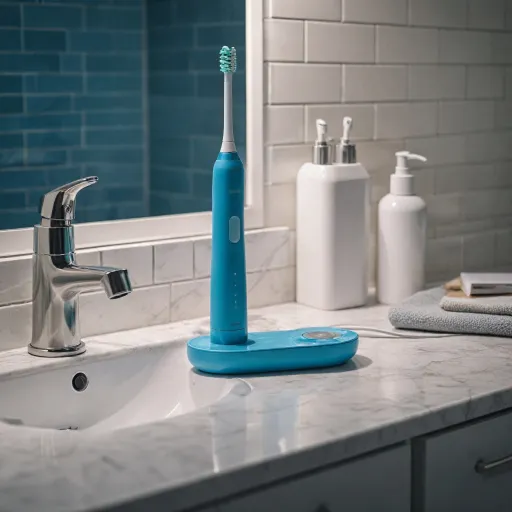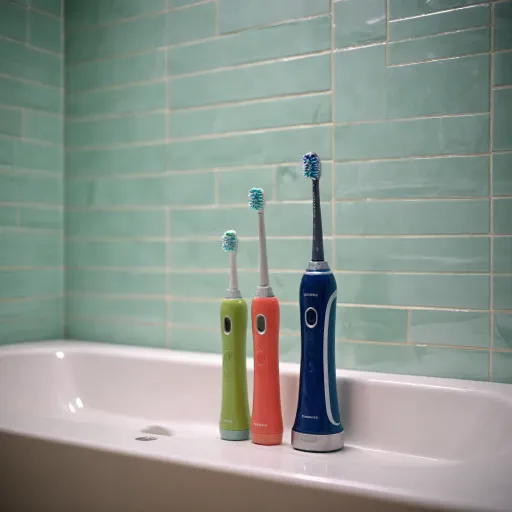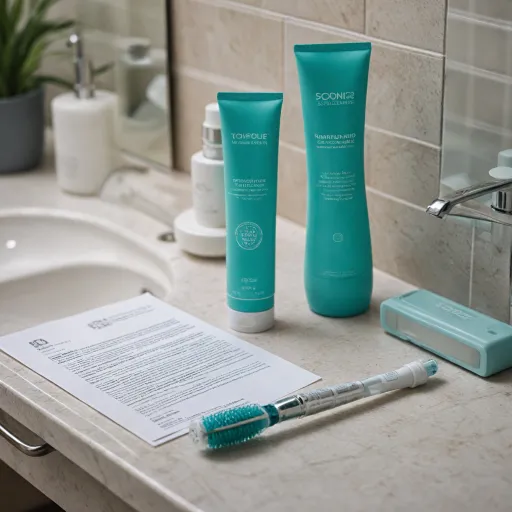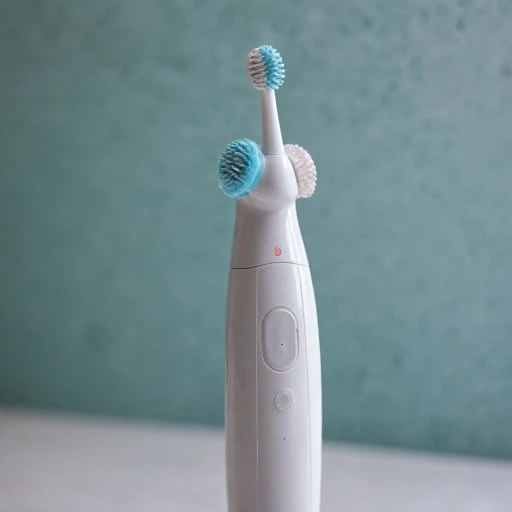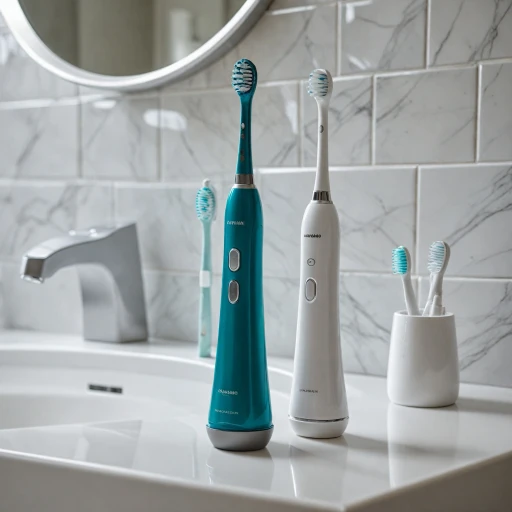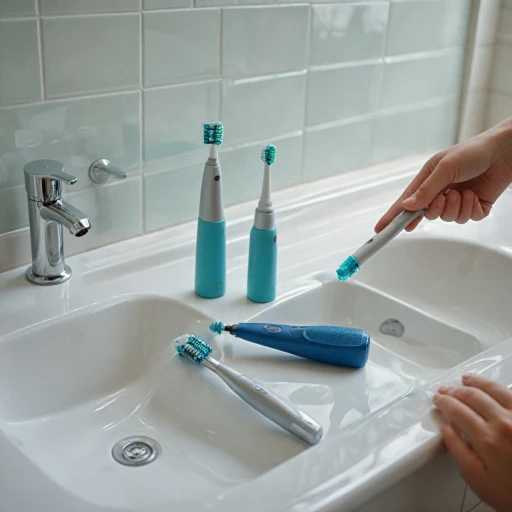
Understanding Common Charging Problems
Identifying Popular Charging Challenges
Many users of the Philips Sonicare electric toothbrush experience charging issues at some point, often leading to frustration. Common problems that might affect your toothbrush charger can stem from various sources, all of which require different strategies to resolve. Recognizing these challenges is the first step in troubleshooting and ensuring your device continues to serve your oral hygiene needs effectively.
One frequent complaint is that the toothbrush doesn’t charge or the charge is not holding after being plugged into an outlet. Users report situations where the charging light doesn’t illuminate, which may signal a broken charger or an issue with the power source. This is why it is crucial to check the charger and assess the condition of the outlet and charging parts.
Other users face issues related to battery health, with some noticing a decline in performance over time. This gradual decrease in battery efficiency is typical with regular use, prompting the need for possible battery replacement. Regular cleaning and maintenance of the charger and brush head can mitigate some of these issues, prolonging the life of the product.
Understanding these common charging difficulties will help you find effective solutions. Whether it’s investigating parts replacement, ensuring the charger’s functionality, or confirming the outlet charge, this guide will assist you in addressing these concerns. And for those really perplexing situations, contacting customer support may be necessary to get your toothbrush back to peak performance.
Checking the Charger and Power Source
Examine the Charger and Power Source
When facing charging problems with your Philips Sonicare toothbrush, it's vital to ensure the issue isn't stemming from the charger itself or the power source of your electric toothbrush. Here's a guide to help you inspect these components effectively. First, verify that your toothbrush charger is properly connected to a working wall outlet. Sometimes, outlets can fail without any visible indication, so try plugging in a different appliance to ensure the outlet provides power. Furthermore, confirm that the charger doesn't have any visible damage, as a charger that won't work can prevent your Philips toothbrush from charging properly. It's also worth checking if the charger connections are secure. The toothbrush charging base should sit snugly, and the toothbrush isn't dislodged. A loose connection can be a common reason the toothbrush won't charge. Additionally, explore whether there's any debris or dirt obstructing the charger or its contact with the toothbrush base. A good cleaning might resolve minor disturbances like build-up, ensuring better connectivity and proper function. If you determine these steps have not resolved your issue, consider the possibility of a defective charger. To further assist in your search for a functioning charger, reviewing approved products and their parts replacement options could be beneficial. Be reminded that using the appropriate Philips Sonicare charger for a specific product model, such as FlexCare, is crucial to avoid further issues. Should the problem persist after you've checked these factors, evaluating the toothbrush's battery health will be the next logical step to take, which is covered in another part of our comprehensive troubleshooting guide. For additional understanding, check out how electric toothbrush choice varies if you have braces by visiting helpful resources like choosing the best electric toothbrush for braces.Battery Health and Replacement
Evaluating the Battery Status and Replacement Needs
If your Philips Sonicare toothbrush isn't holding a charge, it might be time to evaluate the battery health. Over time, rechargeable batteries can lose their ability to hold a charge, affecting the performance of your toothbrush.- Signs of a Failing Battery: If your toothbrush doesn’t seem to last as long as it used to on a single charge, it may indicate a battery issue. Additionally, if the charging light doesn’t illuminate even when the charger is working, your battery may need attention.
- Battery Replacement Options: For those who are comfortable with DIY fixes, replacing the battery can be a cost-effective solution. However, this requires careful handling of parts and might affect any existing warranty. Manufacturers like Philips often recommend professional services to avoid damage to the product.
- Checking Compatibility: Ensure that any replacement battery or parts are compatible with your specific Philips Sonicare model, like the FlexCare or other series. This can often be verified through product manuals or by contacting the official support team.
Cleaning and Maintenance Tips
Effective Cleaning to Ensure Optimal Performance
An essential aspect of maintaining your Philips Sonicare's performance involves regular cleaning and maintenance. Keeping your toothbrush in top condition isn't just about brushing your teeth effectively—it's also about ensuring your toothbrush lasts longer. It's crucial to clean the toothbrush regularly to prevent any charging issues related to dirt buildup. Ensure you clean the brush head thoroughly by rinsing it under water to remove toothpaste and debris after each use. This practice not only maintains hygiene but also helps in avoiding any hindrance to the charger toothbrush connection. In particular, focus on these parts:- Toothbrush Base and Charger: Wipe down the base and the charger with a damp cloth. Dust and moisture can interfere with the toothbrush charger functionality, especially when connected to a wall outlet.
- Charge Contact Points: Inspect the charging contacts for any foreign objects or grime, which could prevent the toothbrush from effectively charging. A gentle clean with a dry cloth can do wonders.
- Recharge and Store Properly: Avoid storing your toothbrush near water sources when charging. After use, ensure your Philips Sonicare is dry before placing it back on the charger.
When to Contact Customer Support
Reaching Out for Professional Assistance
Even with thorough troubleshooting and maintenance, sometimes understanding the root of your Philips Sonicare toothbrush charging issues might still be elusive. In such cases, reaching out to Philips customer support is a logical next step. The customer support team can provide more detailed insights and possibly address unique problems specific to your toothbrush model, such as the FlexCare. Here are some practical steps to consider when preparing to contact customer service:- Gather Product Information: Have your toothbrush product details handy, including the model number and purchase date. This information will assist the representative in identifying the right solution more effectively.
- Document Observations: Make a note of all the troubleshooting steps you’ve already attempted, as this will prevent redundancy and save time when speaking with support personnel.
- Warranty Check: Consider whether your toothbrush falls under warranty, as this might impact options like parts replacement or service fees. You’ll find a helpful understanding of warranties in the documentation that came with your toothbrush or in the buyer's guide on the Philips website.
- Local Service Centers: Explore options for local service or parts replacement centers in the United States if advised by Philips, for faster assistance with issues like non-functional chargers or battery replacements.
Preventive Measures for Longevity
Tips to Enhance Your Electric Toothbrush’s Lifespan
To ensure your Philips Sonicare toothbrush delivers lasting performance and minimizes charging issues, it's essential to observe some preventive care measures. Here’s a guide to help you extend the lifespan of your electric toothbrush:- Consistent Cleaning: Regularly clean both the toothbrush handle and the charger base to prevent debris buildup which can interfere with the charging process. Use a damp cloth to gently wipe the surfaces clean.
- Battery Maintenance: Periodically allow your Philips Sonicare toothbrush to fully discharge before recharging it. This can help maintain the battery’s optimal performance over time.
- Storage Solutions: Keep your toothbrush and its parts in a cool, dry location away from direct sunlight. Excessive heat or humidity can degrade the battery and affect other components.
- Use Correct Chargers: Always use the charger that came with your product or compatible accessories from Philips to ensure proper charging and to avoid potential damage.
- Recharge Regularly: Even if you’re not using your toothbrush daily, plug the charger into a working outlet and recharge the toothbrush periodically to maintain the battery health.
- Brush Head Care: Replace the brush head every three months or sooner if bristles show signs of wear. A worn-out brush head affects cleaning effectiveness and can strain the motor.
- Avoid Water Damage: Ensure the charger connections remain dry and are plugged into a wall outlet rather than in areas prone to water exposure. This also helps prevent electric shocks and prolongs your device’s life.
